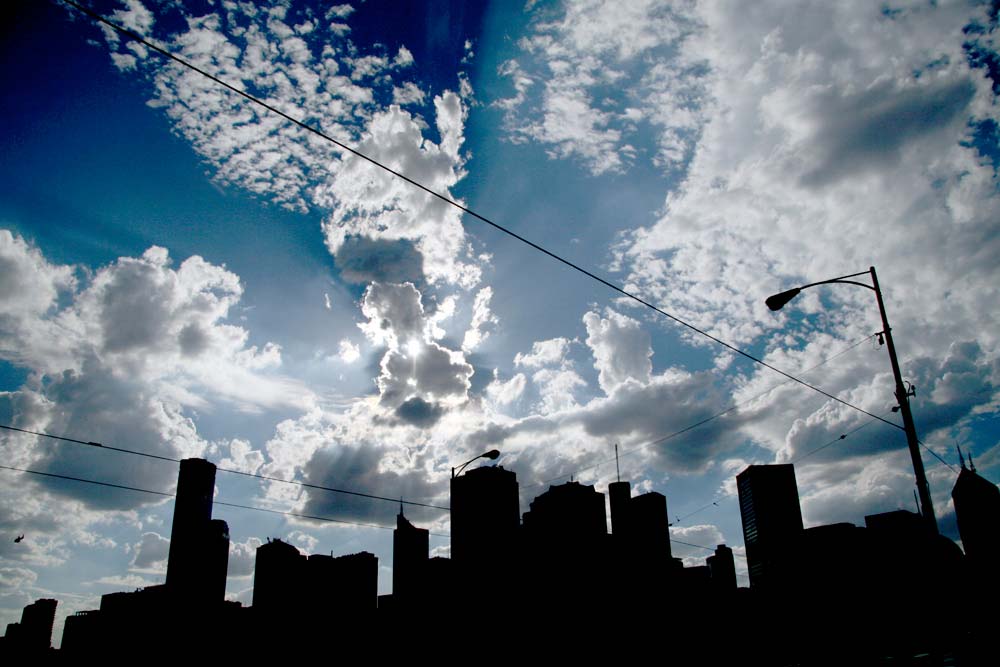
Melbourne rooftops have become a new focal point to understand if they can be used to house solar panels and vegetation. Image: Reinis Traidas
The City of Melbourne is wasting no space in its bold attempt to create a greener urban environment by assessing the roofs of each building in the CBD.
This unusual assessment has meant that the City has mapped every rooftop in the municipality to understand the potential for converting the roofs of skyscrapers into virtual green utopias by installing solar panels, reflective materials or vegetation.
And there’s an enormous amount of space available on these rooftops, making up 880 hectares of space, which Lord Mayor Robert Doyle said is more than five times the size of Melbourne’s largest park, Royal Park.
It’s all part of the City of Melbourne’s Rooftop Project, which has involved analysing aerial photographs of the city’s rooftops to see if there are any sustainable ways to make practical use of their open space in an environmentally sound fashion.
And the council wants to use them for more than just their existing purpose of storing heating and cooling equipment.
Mr Doyle said they could be set up to generate clean energy, increase property values and cool temperatures within the city.
According to the Rooftop Project research, rooftops in the municipality have the potential to house 637 hectares of solar panels, 259 hectares of cool roofs, 236 hectares of intensive (heavy) green roofs and 328 hectares of extensive (lightweight) green roofs.
If the City moves ahead with creating these potential greener roofs, office workers and residents in apartment complexes in the CBD could have green or vegetated roofs because those sorts of buildings are more suitable for it, according to the research.
As for larger commercial and industrial buildings outside the CBD, they have “enormous potential” to store solar panels.
Additionally, the research shows that there is potential to create cool roofs on 259 hectares of rooftops across the municipality, which is the size of 86 MCGs.
According to the council, cool roofs reduce the amount of heat held and transferred to the building below, keeping the building cooler and at a more constant temperature.
The maps are available for residents and business owners at the council’s Rooftop Project page, which Chair of the City of Melbourne’s Environment Portfolio, Councillor Arron Wood, encouraged people to look at the maps and consider whether their roof could be used to help them save on energy bills and help the environment.
“Our research shows that solar panels could be installed on 637 hectares of rooftops – that’s three times the size of the Hoddle Grid. These households and businesses could be making use of the sunlight that falls on their roofs by installing solar,” Mr Wood said.
“We want to work with the community to help reduce power bills and increase employment within the renewable energy sector. Rooftop solar will play an important part in helping us to reach our target of sourcing 25 per cent of the municipality’s electricity from renewable energy by 2018.”
The council also wants to create a publicly accessible “green roof”, and is looking to collaborate with partners to make it happen. Owners with suitable roofs have been encouraged to contact the council.





